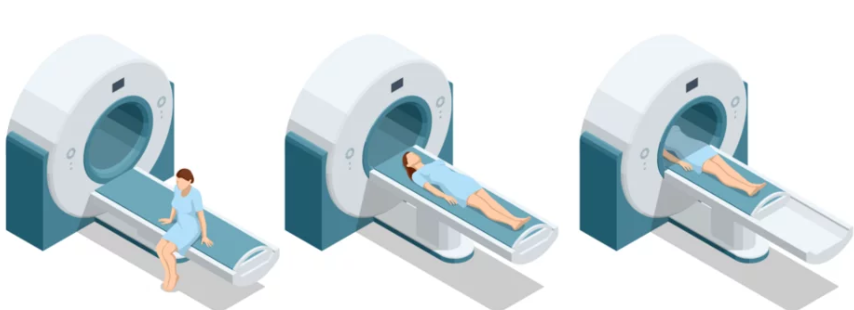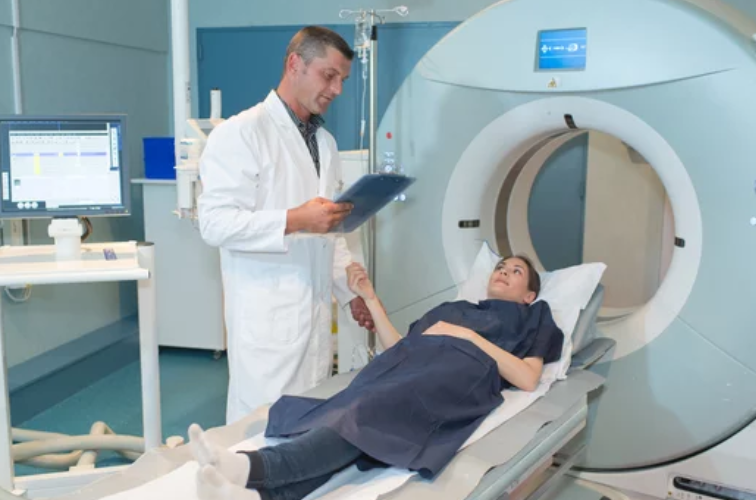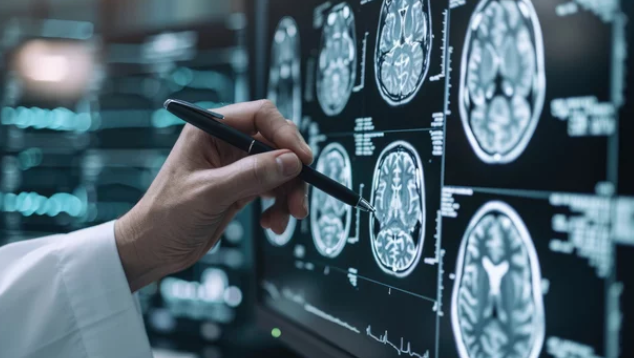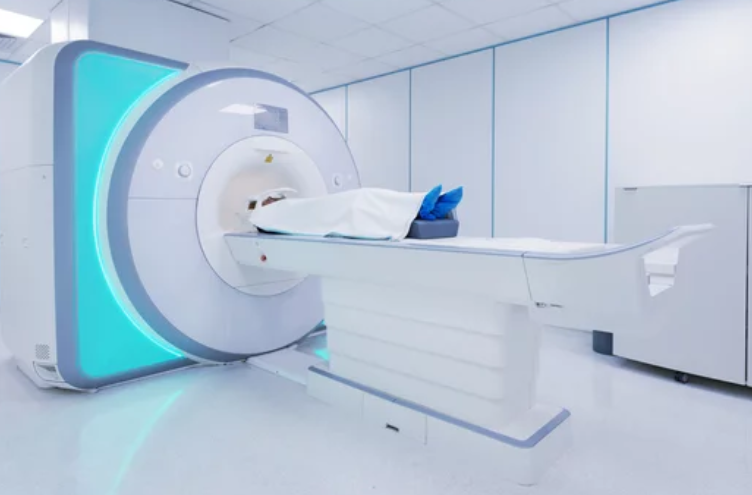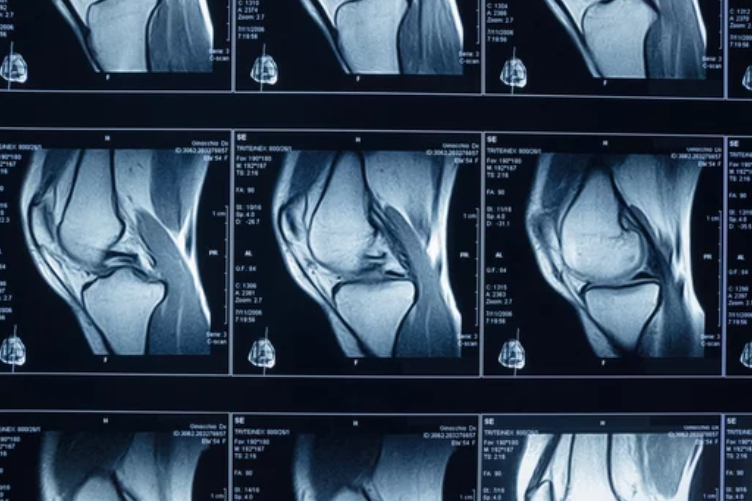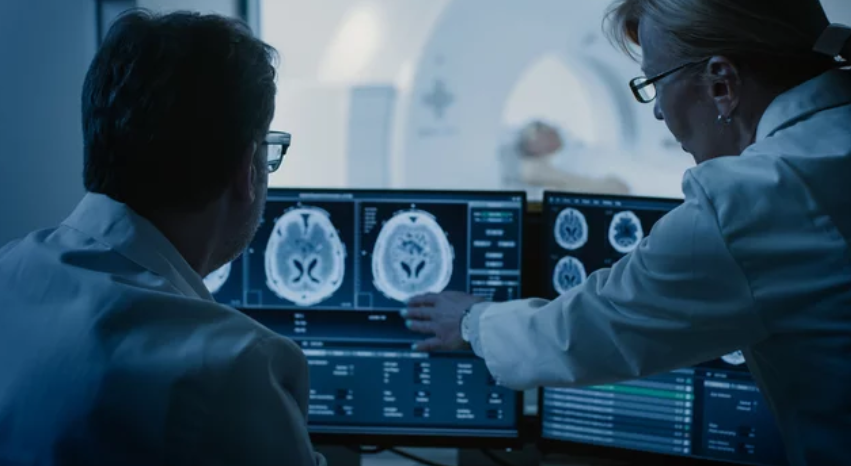Magnetic Resonance Imaging (MRI) has become a cornerstone in cancer diagnosis and treatment planning due to its superior soft tissue contrast and functional imaging capabilities. However, misconceptions persist about its safety, effectiveness, and role compared to other modalities. This article …
 Bornupdates
Bornupdates
How Safe Are MRI Scans? A Research-Based Overview
Magnetic Resonance Imaging (MRI) is one of the most widely used diagnostic tools in modern medicine, praised for its detailed images and absence of ionizing radiation. However, questions about its safety, especially regarding long-term effects, have persisted. This overview synthesizes …
Medical Imaging and Cancer Risk: Where MRI Fits In
Medical imaging has revolutionized diagnostics, enabling early detection and precise characterization of various diseases, including cancer. Among the array of imaging modalities, Magnetic Resonance Imaging (MRI) stands out for its detailed soft tissue contrast and lack of ionizing radiation. This …
MRI Imaging: Benefits, Risks, and Common Myths
Magnetic Resonance Imaging (MRI) is one of the most advanced diagnostic tools in modern medicine. It allows doctors to see detailed images of organs, tissues, and structures inside the body without surgery or exposure to ionizing radiation. Despite its proven …
Is There a Link Between MRI Scans and Cancer?
Magnetic Resonance Imaging (MRI) is a widely used medical imaging technique that helps doctors diagnose and monitor many health conditions. Because MRI scanners use powerful magnets and advanced technology, some patients worry whether MRI scans could increase the risk of …
Is There a Link Between MRI Scans and Cancer?
Magnetic Resonance Imaging (MRI) is one of the most commonly used diagnostic tools in modern medicine. It is valued for its ability to produce highly detailed images of the body without using X-rays. Despite its widespread use, many patients still …
Understanding MRI Technology and Its Safety Profile
Magnetic Resonance Imaging (MRI) is one of the most advanced and reliable diagnostic tools in modern medicine. It plays a critical role in detecting diseases, guiding treatment decisions, and monitoring patient progress without exposing individuals to ionizing radiation. Despite its …
MRI Scans and Cancer Risk: What Does the Science Say
Magnetic Resonance Imaging (MRI) has become one of the most trusted and widely used medical imaging technologies in modern healthcare. From diagnosing brain disorders and spinal injuries to detecting tumors and monitoring chronic diseases, MRI scans provide highly detailed images …
Top Artificial Intelligence Engineering Projects in 2025
Artificial Intelligence (AI) engineering in 2025 is no longer an emerging trend—it is a dominant force reshaping industries, economies, and everyday life. From intelligent automation and predictive analytics to autonomous systems and human-centered AI, engineering projects built around artificial intelligence …
Groundbreaking Water Engineering Projects for 2025
Water engineering has become one of the most critical fields shaping global sustainability in 2025. As climate change intensifies droughts, floods, and water scarcity, engineers around the world are developing groundbreaking water engineering projects to ensure safe, reliable, and equitable …
